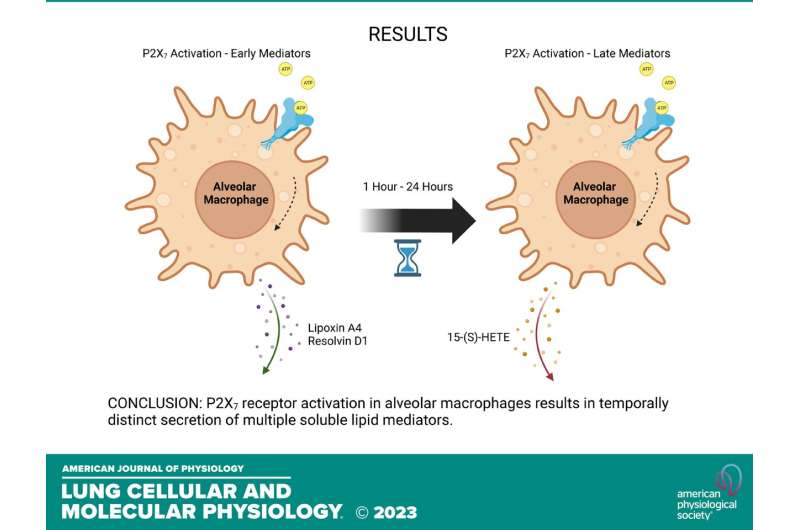This article has been reviewed according to Science X's editorial process and policies. Editors have highlighted the following attributes while ensuring the content's credibility:
fact-checked
trusted source
proofread
Changing dosing methods means fewer mice needed to study lung infections

Researchers will need fewer mice to study lung infections thanks to improvements in dosing methods, according to a new study from the University of California San Francisco (UCSF). Changing how animals are anesthetized and infected with microbes allows scientists to study lung infections using smaller group sizes and without having to use invasive dosing methods. The study is published in the American Journal of Physiology-Lung Cellular and Molecular Physiology.
Research using mouse models of lung infections is important for improving scientists' understanding of how infections lead to lung diseases and for testing vaccines and drugs. When researchers use different anesthesia and dosing approaches in their experiments, the amount of dose that reaches the lungs and the extent of lung inflammation changes.
Raising awareness of these effects to encourage harmonization of dosing methods between different groups of researchers in different laboratories has potential to improve reproducibility and reduce the number of failed experiments.
In this study, researchers compared the effects of delivering microbes to lungs of mice through three different delivery methods: intranasal (through the nostrils), by oropharyngeal aspiration (placing doses into the back of the mouth) and intratracheal (into the windpipe). "Intratracheal dosing approaches have potential for more precise lung dosing relative to intranasal and oropharyngeal aspiration dosing," the researchers wrote.
"Optimized dosing methods allow researchers to complete mouse studies faster and at lower cost," said Simon Cleary, Ph.D., a postdoctoral scholar at UCSF and a lead author of the study. "Making preclinical studies more efficient in this way has potential to speed up the development of new and improved treatments for patients. Researchers switching to less invasive methods that mean fewer animals are required is also good news for mice."
More information: Elizabeth A. Townsend et al, P2X7 signaling influences the production of pro-resolving and pro-inflammatory lipid mediators in alveolar macrophages derived from individuals with asthma, American Journal of Physiology-Lung Cellular and Molecular Physiology (2023). DOI: 10.1152/ajplung.00070.2023

















